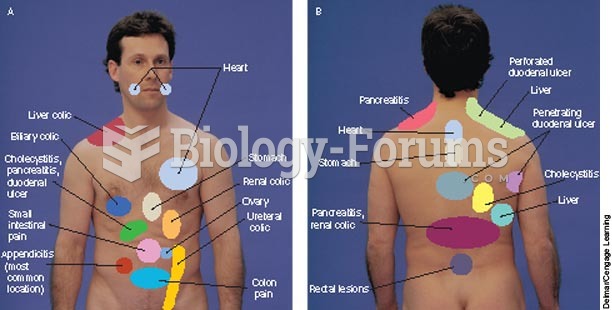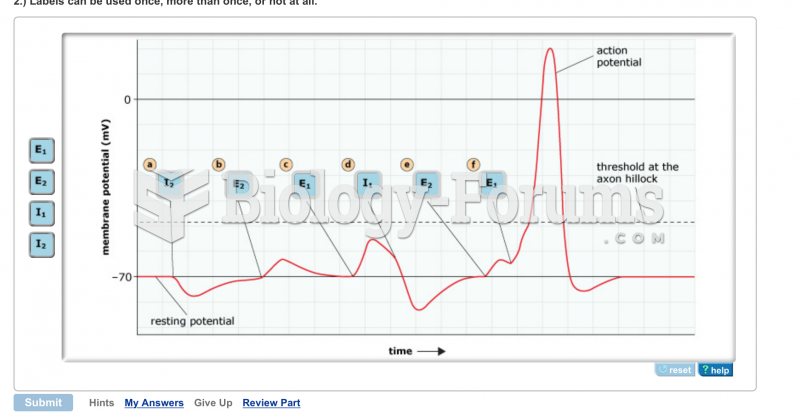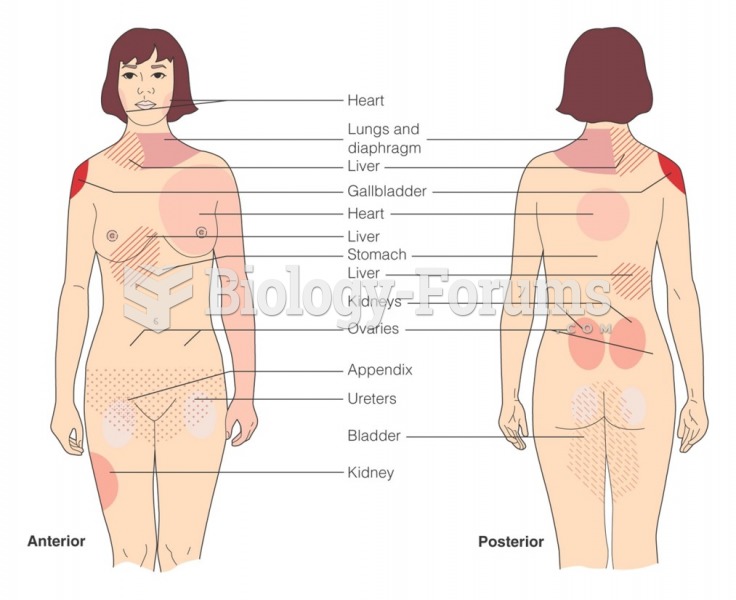Answer to Question 1
If you suffer from headaches, backaches, or other forms of chronic pain, use the following breathing exercise for relief, along with your doctor's prescribed treatments.
1. Close your eyes, and get comfortable.
2. Breathe deeply with your diaphragm to fill your abdominal area with air.
3. Visualize yourself gaining nourishment or strength with each inhalation.
4. Expel all the air from your body. As you do, imagine that you are exhaling your pain and stress.
5. To reinforce this image, add a mantra, such as I am letting go or I am releasing my pain.
Answer to Question 2
Counting or bedtime breathing is a form of diaphragmatic breathing useful for relaxing your body and clearing your mind before sleep.
1. Get into a comfortable position, and close your eyes.
2. Pay attention to your abdominal area as you take slow, deep, relaxing, diaphragmatic breaths. Continue to inhale and exhale while counting backwards from 100.
3. Repeat this cycle. If your mind wanders, redirect your focus back to your breathing.
4. With each breath cycle, feel your body become more relaxed.
5. You also can experiment with counting during breaths, for example, inhale to a count of three, pause, and then exhale to the count of three.
6. After a few breathing cycles, picture your body and mind beginning to relax. Inhale to the count of four, pause, and exhale to the count of four, picturing yourself relaxing more and more.
7. Repeat this cycle with increasing counts for each inhalation and exhalation. As you count to a bigger number, your average breaths per minute will decrease, and you will feel more relaxed and calm.







